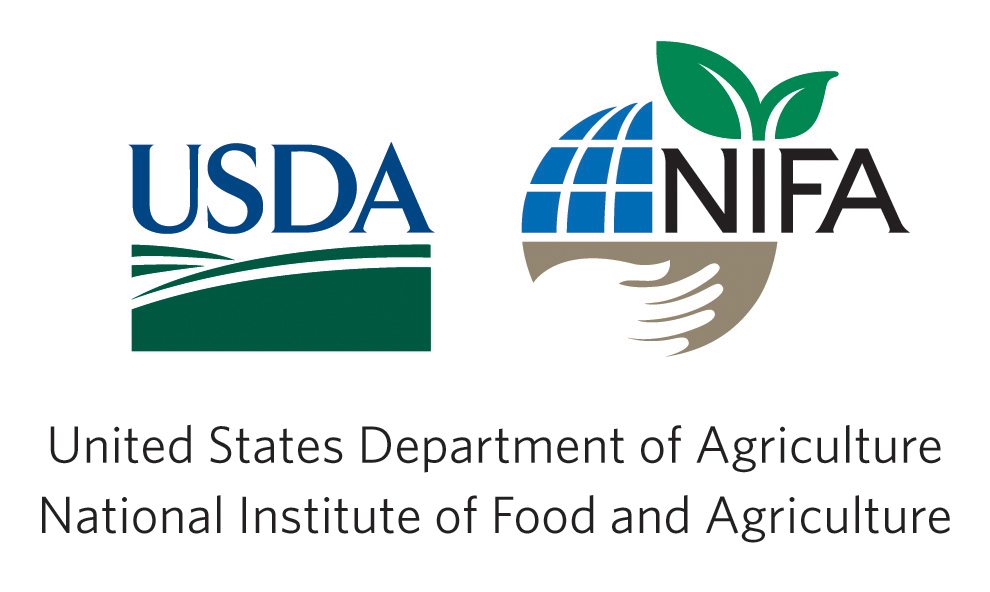Overall objective: Identify key biosecurity measures to quantify probability of PRRSv outbreaks and promote targeted data-driven disease management and prevention. Porcine reproductive and respiratory syndrome (PRRS) costs the US. swine industry more than $1 billion/year. Biosecurity and immunization have proven to be a successful combination to control PRRS in several countries. However, in US, the development and maintenance of biosecurity programs is precluded by its high cost, especially when swine producers are constantly seeking for reducing cost per pig. Thus, there is a critical need for tools to identify the most effective biosecurity measures to optimize swine production at lower costs. Our goal is to leverage a national research and extension program to develop an easy-to-use biosecurity tool, available to all producers, and economically effective, providing the industry with the capacity to greatly curtail PRRS virus introductions. This proposal aligns with the program area-Critical Agricultural Research and Extension-Animal Health and Disease (Area B: A1221). We target extension activities to collect biosecurity information and PRRS virus outbreak data from two major pig production states, North Carolina and Iowa. It is expected that eventually this can be expanded to all states. Partnerships with industry stakeholders will ensure the success of our data collection and extension activities. The collected data will be used to develop a predictive tool to calculate specific farm’s probability of a new PRRS virus outbreak. A subsequent benchmarking report will compare all producers’ PRRS virus risk, identifying which key biosecurity aspects are associated with low and high risk for PRRS outbreaks. As a result, this project will contribute to decrease the introduction of PRRS in the country.
